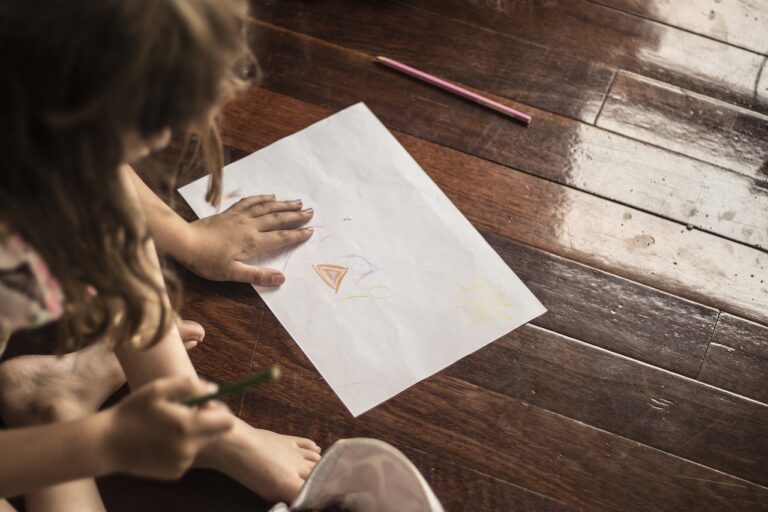Flipped Classroom Models: Reimagining Traditional Instruction with Technology
Flipped classroom models offer increased flexibility for both students and educators. By providing access to pre-recorded lectures and materials online, students can learn at their own pace and review content as needed. This self-paced learning approach fosters a deeper understanding of the material and allows students to engage more actively during classroom discussions and activities. As a result, students are better prepared for in-depth learning experiences and can benefit from personalized support from teachers during class time.
Furthermore, the flipped classroom model promotes student collaboration and peer-to-peer learning. By engaging with the material outside of class, students come to class ready to discuss and apply their knowledge through group projects, discussions, and problem-solving activities. This collaborative environment not only enhances critical thinking skills but also encourages students to take ownership of their learning journey. Overall, the flipped classroom model empowers students to become more independent learners and equips them with the necessary skills to succeed academically.
Challenges in Implementing Flipped Classroom Models
One of the primary challenges faced when implementing a flipped classroom model is the need for adequate technology infrastructure. Integrating online content, videos, and interactive elements requires reliable internet access and appropriate devices for all students. Ensuring that these resources are available and accessible to all students can be a logistical hurdle for schools and educators.
Another challenge is the shift in teaching methods that a flipped classroom model requires. Teachers must adapt from traditional lecture-style teaching to facilitating discussions, group activities, and individualized instruction. This transition can be challenging for educators who are accustomed to more traditional teaching approaches and may require additional training and professional development to effectively implement the flipped classroom model.
– Adequate technology infrastructure is required for online content and interactive elements
– Reliable internet access and appropriate devices for all students are necessary
– Logistical hurdle for schools and educators to ensure resources are available
– Shift in teaching methods from lecture-style to facilitating discussions and group activities
– Transition can be challenging for educators accustomed to traditional teaching approaches
– Additional training and professional development may be needed
Key Components of a Flipped Classroom
When implementing a flipped classroom model, it is crucial to establish strong foundational elements to ensure its success. One key component is the creation of pre-recorded video lectures that students can access outside of class time. These videos should be engaging, concise, and directly related to the learning objectives of the course.
Additionally, in a flipped classroom, there should be interactive activities and assignments that students complete during class time. These activities should encourage collaboration, critical thinking, and problem-solving skills. By shifting the traditional lecture-based learning to a more interactive and student-centered approach, educators can foster a more engaging and effective learning environment.
What are some benefits of using a flipped classroom model?
Some benefits of using a flipped classroom model include increased student engagement, personalized learning experiences, and more opportunities for student collaboration.
What are some challenges in implementing a flipped classroom model?
Some challenges in implementing a flipped classroom model include ensuring all students have access to technology outside of the classroom, creating high-quality pre-recorded content, and ensuring students are prepared for in-class activities.
What are the key components of a flipped classroom?
The key components of a flipped classroom include pre-recorded lectures or content for students to review at home, in-class activities that allow for application of concepts learned at home, and ongoing assessments to track student progress.







